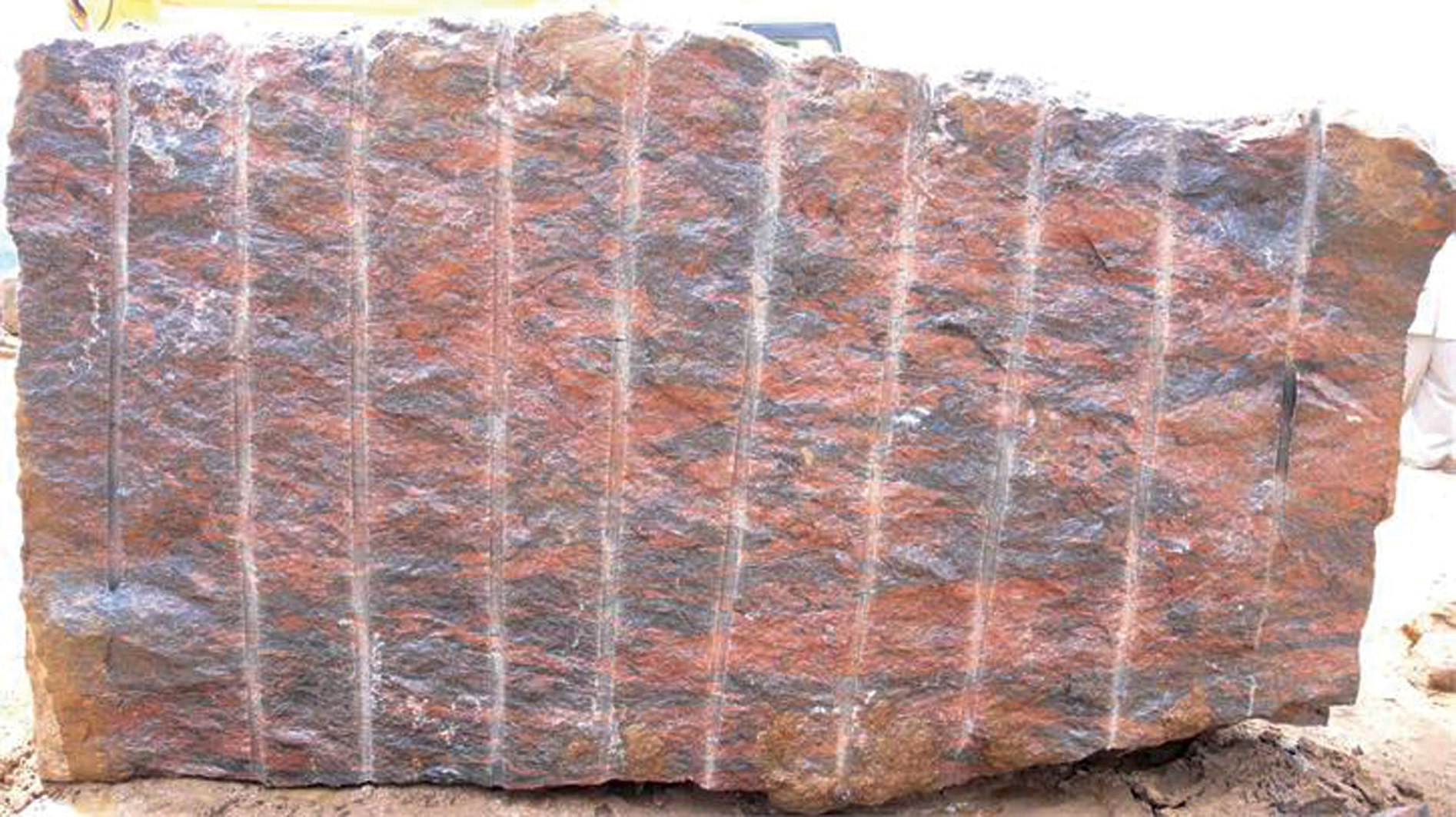Exploring Granite Quarries in South Africa: A Comprehensive Overview
Exploring Granite Quarries in South Africa: A Comprehensive Overview
Blog Article
Unearthing the Rich Background and Lasting Practices of Granite Quarrying
As we base on the precipice of revealing the detailed tapestry of granite quarrying, a journey with time discloses not just the physical act of removing stone yet also the social and historical significance woven into the really fabric of this method. From the old beginnings that laid the foundation for contemporary quarrying strategies to the sustainable practices that are forming the future of this sector, each chisel mark on granite surfaces informs a tale waiting to be unearthed (granite quarries in south africa). The legacy of granite quarrying stretches much past mere extraction; it is a testament to human resourcefulness, strength, and the long-lasting allure of this marvelous rock
Ancient Origins of Granite Quarrying
Dating back to ancient worlds, the technique of quarrying granite has actually been an integral part of human history and architectural improvement. The earliest proof of granite quarrying days back to old Egypt, where massive pyramids and elaborate sculptures were crafted from this long lasting rock. The Egyptians used primitive devices to remove granite blocks from quarries, showcasing the relevance of this product in their huge constructions.
Moving forward in history, the Greeks also made significant contributions to the quarrying of granite. The Greeks used granite in numerous building wonders, such as holy places and sculptures, demonstrating their skill in shaping and carving this hardy stone. The Romans further improved the techniques of quarrying granite, employing sophisticated tools like chisels and hammers to essence and form granite for their renowned frameworks.
With the centuries, the practice of quarrying granite has advanced, with modern-day innovations improving effectiveness while keeping the ageless charm of this all-natural stone - granite quarries in south africa. From ancient civilizations to modern building contractors, the heritage of granite quarrying remains to shape our globe
Advancement of Quarrying Methods
The development of quarrying techniques has actually been noted by a continuous development in the direction of higher efficiency and accuracy in drawing out granite. From the basic methods used by our ancestors to the innovative modern technologies used in modern-day quarrying procedures, the industry has actually undergone substantial advancements. Early quarrying strategies included manual work with basic tools such as knives, hammers, and wedges to draw out granite blocks from the planet. As worlds progressed, methods like fire-setting and primitive explosives were presented to facilitate the extraction procedure.
Improvements in computer-controlled devices and 3D modeling have actually enhanced quarrying operations, leading to very little environmental impact and improved sustainability practices. As the need for granite proceeds to climb, the advancement of quarrying strategies remains essential to meeting industry requires successfully and sustainably.
Social Relevance of Granite
Granite holds an extensive cultural significance across view website numerous human beings as a result of its enduring presence in building work of arts and respected monuments. From the stunning pyramids of Egypt to the elaborate makings of the Angkor Wat holy place in Cambodia, granite has been a material of selection for revealing splendour and longevity in social heritage. In ancient Rome, granite columns adorned holy places and public buildings, symbolizing toughness and permanence. The cultural value of granite prolongs beyond its physical features; it embodies resilience, security, and eternity, making it an icon of sustaining heritages and practices.

Sustainable Practices in Quarrying
Amidst the abundant history of granite quarrying and its cultural importance lies a growing emphasis on lasting methods within the industry. As ecological understanding and issues regarding source depletion have increased worldwide, the quarrying sector has significantly embraced sustainable techniques informative post to reduce its impact on the atmosphere and surrounding communities.

In addition, reclamation and rehabilitation of quarry websites post-extraction are indispensable to lasting practices. By restoring quarried areas to an all-natural or beneficial state, such as developing wildlife habitats or leisure spaces, quarriers can balance out the environmental footprint of their procedures and contribute positively to the local ecological community.
Tradition of Granite Quarrying
With a historic background soaked in craftsmanship and commercial progression, what sustaining impact has granite quarrying left on the landscape of contemporary culture? The tradition of granite quarrying goes beyond plain removal techniques; it has actually formed building wonders, metropolitan landscapes, and social heritage worldwide. The long lasting nature of granite has made it a recommended selection for monoliths, structures, and facilities, standing as a testimony to the ability and artistry of quarry employees throughout generations.
Moreover, the economic impact of granite quarrying can not be ignored. The market remains to give work opportunities and drive regional economies in regions where granite extraction is common. It has likewise stimulated technical improvements in quarrying techniques and devices, leading to extra reliable and lasting practices.
In regards to sustainability, the tradition of granite quarrying consists of efforts to more information reduce ecological effects through recovery projects and liable resource administration. By stabilizing financial interests with environmental stewardship, the market makes every effort to make sure that future generations can remain to take advantage of this enduring natural deposit.
Verdict

Report this page